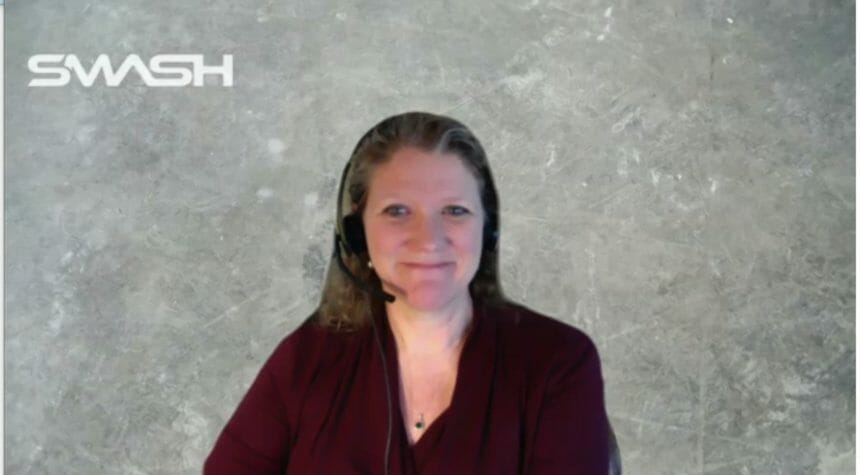
It will take both a close-up look at COVID-19 effects and policies as well as a bigger-picture examination of payment and care delivery policies to get a clear view into what the future of senior living and care may look like in a post-COVID-19 world, according to Nicole Fallon, vice president of healthy policy and integrated services for LeadingAge.
“Coronavirus has forever changed how we do business, whether it’s consumer perception of the care and service we provide bringing the gaps and flaws of our current healthcare system to the forefront, or the fact that we are all operating effectively in the first mandatory all-payer, all-provider, entire population demonstration project to test the effectiveness of new payments and waivers of policies,” said Fallon, who spoke at the Senior Care Sales & Marketing Summit, which went virtual this year due to the pandemic. “Our future will be shaped by what is happening right now.”
Fallon told the SMASH Week 2020 session attendees nine months into the pandemic that it previously would have been unfathomable that Congress would pass 3.5 stimulus bills in two months and that the administration would issue more waivers, regulations, guidance, memos and FAQs in six months than it likely has done in the past six years.
Critical to providers’ ability to respond to coronavirus, she said, was the ability of the administration under the public health emergency to revise or waive certain policies and regulations, including telehealth waivers, visitation policies, testing and funding. The Centers for Medicare & Medicaid Services now is evaluating all 1135 waivers under the Social Security Act to determine which should remain permanent.
In addition to that regulatory relief, Congress also appropriated trillions of dollars to assist providers in “weathering the storm,” by helping providers cover unanticipated costs and lost revenues resulting from COVID-19, as well as aiding employers in retaining essential employees.
“Every week brings more change and developments,” Fallon said.
The pandemic, she added, exposed glaring gaps in the healthcare system, including staffing shortages, long-term services and supports financing, cost shifting and inadequate funding, lack of integrated person-centered care across the continuum, small margins, and healthcare disparities and inequity.
“COVID has exposed all of that and showed us we have a lot of work to do,” Fallon said. “We expect more focus on senior living and senior care programs going forward, but will it result in systemic change?”
Policies will continue to change in the short run, so the industry will need to continue to be nimble, she said. Pressures on rates and a focus on infection control will continue, and in-home services are still desired and more possible with the expansion of telehealth.
“We’ve proven our creativity and adaptability, and that we can do it in short order,” Fallon said. “Let’s apply that creativity and adaptability that we’ve shown in the COVID era to the post-COVID challenges and redefining care for seniors.”




